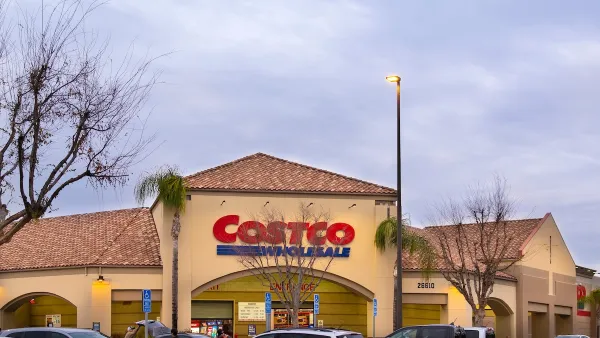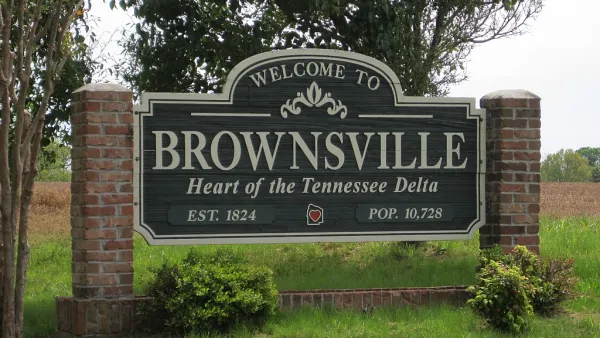Dense downtowns provide more tax revenues for cities than strip mall and big box development on a per acre basis, according to a new study.
A new study takes a holistic approach to comparing tax revenue from big box development and downtown, mixed-use development. The study, commissioned by the Sonoran Institute, finds that on a per acre basis mixed use, dense dowtown development yields higher tax revenues for communities than their suburban mall counterparts.
The study's author, Joe Minicozzi, points out that in developments such as Glenwood Meadows "that the walk across the parking lot from Chili's restaurant to Target at the Meadows is equivalent to about a two-block walk in downtown Glenwood Springs, past numerous storefronts." The loss of revenue that is incurred because of the large expanses of parking lots is significant.
Economic development is a critical topic in many communities, especially in the current economic climate, and revenue information comparing different types of development may be useful in making land use decisions. The data from the study indicates that the Meadows development in Glenwood Springs brings in approximately $141,590 per acre, while the Denver Centre development in downtown Glenwood Springs brings in approximately $264,00 per acre.
Minicozzi notes that "'New urbanist' style downtown redevelopment, with its focus on mixing high-density residential with retail and commercial office space in a pedestrian-friendly setting, also tends to yield higher property values."
"Add the cost of public services to accommodate the needs of a large mall development compared to a dense downtown area, and the cost-versus-benefit numbers are even more telling, Minicozzi said."
Thanks to Cathie Pagano
FULL STORY: Study: dense downtowns = higher tax yield

National Parks Layoffs Will Cause Communities to Lose Billions
Thousands of essential park workers were laid off this week, just before the busy spring break season.

Retro-silient?: America’s First “Eco-burb,” The Woodlands Turns 50
A master-planned community north of Houston offers lessons on green infrastructure and resilient design, but falls short of its founder’s lofty affordability and walkability goals.

Delivering for America Plan Will Downgrade Mail Service in at Least 49.5 Percent of Zip Codes
Republican and Democrat lawmakers criticize the plan for its disproportionate negative impact on rural communities.

Test News Post 1
This is a summary

Test News Headline 46
Test for the image on the front page.

Balancing Bombs and Butterflies: How the National Guard Protects a Rare Species
The National Guard at Fort Indiantown Gap uses GIS technology and land management strategies to balance military training with conservation efforts, ensuring the survival of the rare eastern regal fritillary butterfly.
Urban Design for Planners 1: Software Tools
This six-course series explores essential urban design concepts using open source software and equips planners with the tools they need to participate fully in the urban design process.
Planning for Universal Design
Learn the tools for implementing Universal Design in planning regulations.
EMC Planning Group, Inc.
Planetizen
Planetizen
Mpact (formerly Rail~Volution)
Great Falls Development Authority, Inc.
HUDs Office of Policy Development and Research
NYU Wagner Graduate School of Public Service




























